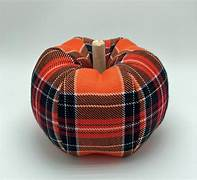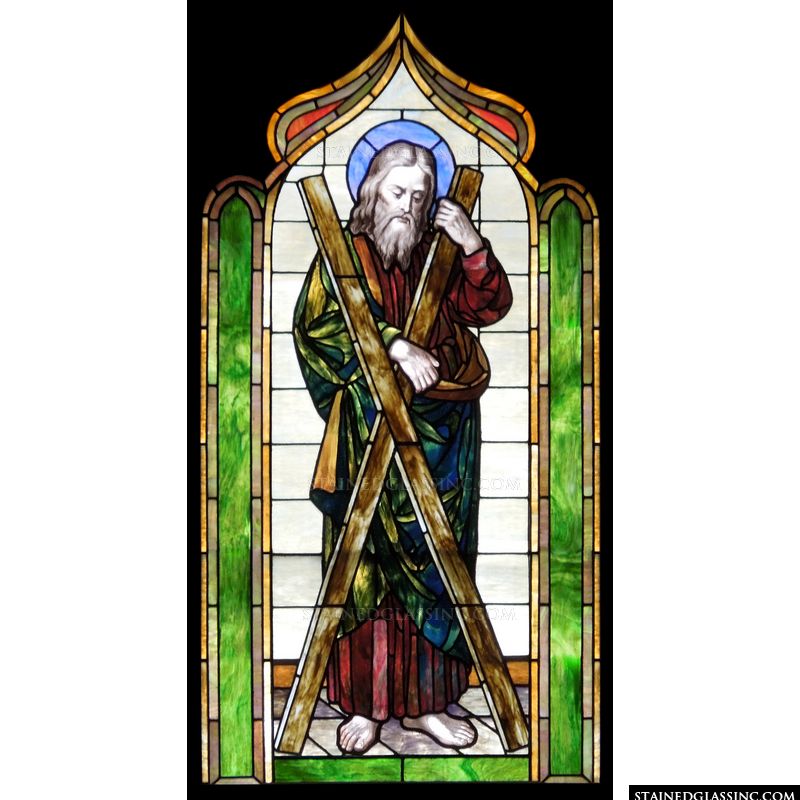By Catherine McKinley

“Tartan Pumpkins Anyone?” is the title of an article explaining that Halloween is a Celtic origin holiday. The ancient Celt’s observed the end of Summer & start of Fall (leading to Winter) with festivals honoring Samhain (pronounced Sow-een) the “god of the dead/winter” on the last day of October. They believed that, on this one night, spirits returned to Earth, in assorted forms, such as black cats.
So, bonfires flared; food was left on door steps for them. Villagers went “guising,” dressed in animal furs so they could travel, unrecognized, among the spirits. For light to walk by, they carved faces into turnips with a hot coal inside. In 837 AD, Pope Gregory IV declared November 1st to be All Hallows (“saints”) Day, thereby designating the night before as All Hallow’s Eve.

Saint Andrew is the patron saint of Scotland who’s been celebrated in Scotland for over 1,000 years, with feasts: cock-a-leekie soup, haggis, neeps & tatties, and cranach (sweet dessert w/ raspberries.) However, it wasn’t until 1320, when Scotland’s independence was declared with the The Declaration of Arbroath, that he officially became Scotland’s patron saint. Since then, St. Andrew has become an integral part of Scottish society. The flag of Scotland is the saltire, also known as St. Andrew’s Cross, and the ancient town of St Andrews is considered to be the final resting place of St Andrew.
So who was Saint Andrew? He was a Galilean fisherman who was singled out to be Christ’s very first disciple, preached the Gospel in the lands around the Black Sea, and was crucified on an X-shaped cross in Patras. His association with Scotland is based on the fact that his relics were delivered to Scotland, by St. Rule, in 345 A.D. Some of St. Andrew’s bones have, since 1879, been displayed in a reliquary in St Mary’s Catholic Cathedral in Edinburgh.

